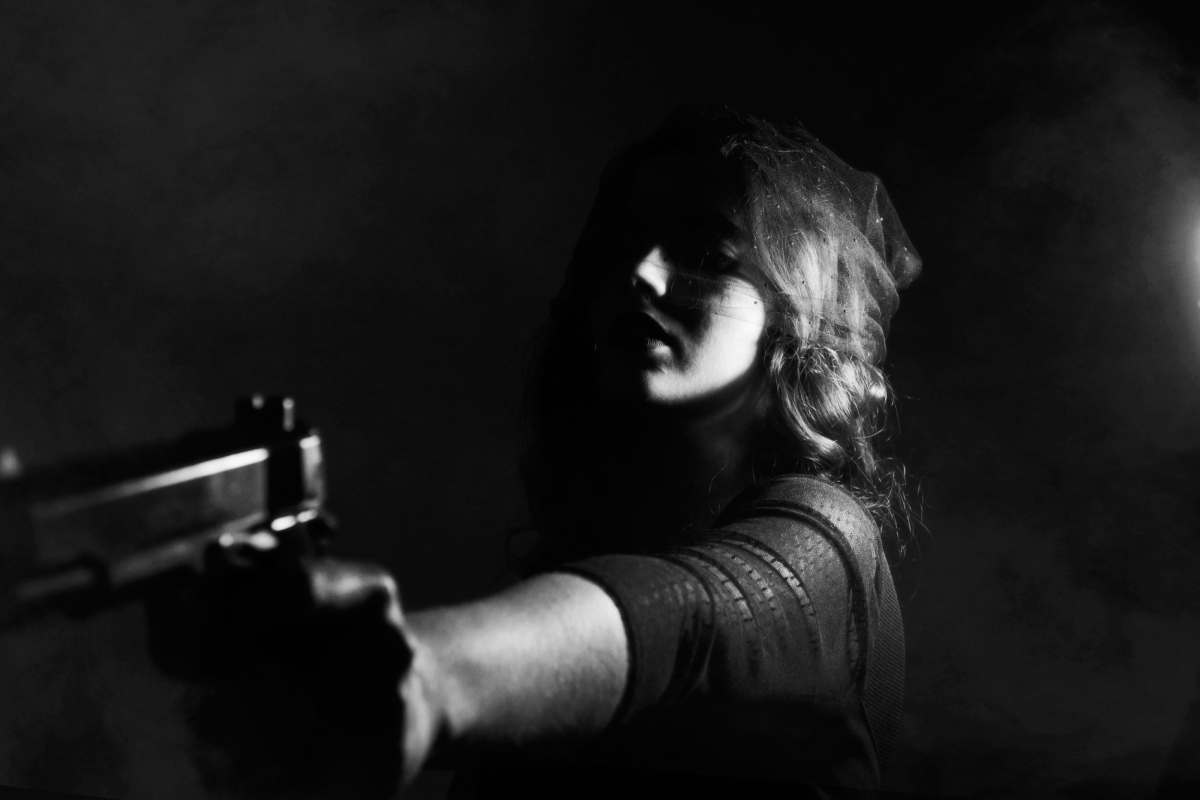Exposing an Armed Criminal: What Can We Learn from Psychology and the Police?
How vulnerable are armed criminals? Can one predict their intentions and actions just by watching them walking or standing somewhere? Psychologists and the police believe this is possible. They think this can be done by reading subtle clues in the appearance of a person. These clues can be meaningless for a novice, but are significant for a trained person.
While these tiny details can become visible for other people after an appropriate training, it is difficult to learn to suppress them. They can still be unconsciously shown by a criminal even though he is very skilled. Thus, a criminal may still unconsciously betray his or her intent by displaying cues, no matter how experienced or trained he is. So, what are these cues? In this article I will review a selection of scientific research on the issue within the field of psychology. The evidence derived from the literature is considered next in order to understand which emotional state, according to the offenders themselves, accompanies a criminal act. On top of that, the findings from experimental research on how an emotional state is being reflected in non-verbal cues and how this is recognized by other people will be presented. To conclude, the examples of applying knowledge about non-verbal cues to the security industry will be discussed.
Several studies find evidence that suggests that the act of committing a crime is associated with certain emotions. During a crime, or by preparing oneself to commit a crime, some affective processes are more likely to be present and to be reported by offenders than others, for example feelings of excitement, anxiety or anger (Cusson, 1993; Canter and Ioannou, 2004; Katz, 1988). The emotional responses of an offender to an offence are influenced by different factors including surveillance, alarms, and the consequences of the act. By merely thinking about these factors an offender can become fearful or excited, which can also change their physical behavior.
Another influential factor which can cause a change in the criminal’s emotional state is the experience of carrying a gun. Recent research conducted in England and Wales and commissioned by the Home Office shows that offenders tend to undergo different emotional states when carrying an illegal firearm (Hales, Lewis and Silverstone, 2006). Via interviews, the authors had collected offenders’ accounts of their own emotional responses when carrying a firearm. This study provides evidence that carrying an illegal firearm is associated with a range of emotions, for example feelings of safety, empowerment, and fear, which can be consciously evaluated and reported by the offender. The cognitive appraisal by an offender of such factors as presence of surveillance and possible following sanctions can, for example, induce feeling of fear of being caught. According to some criminals, the possessing of gun often activates a combination of such emotions as fear of being caught and empowering, or feeling of safety derived from the idea that no one can touch them.


